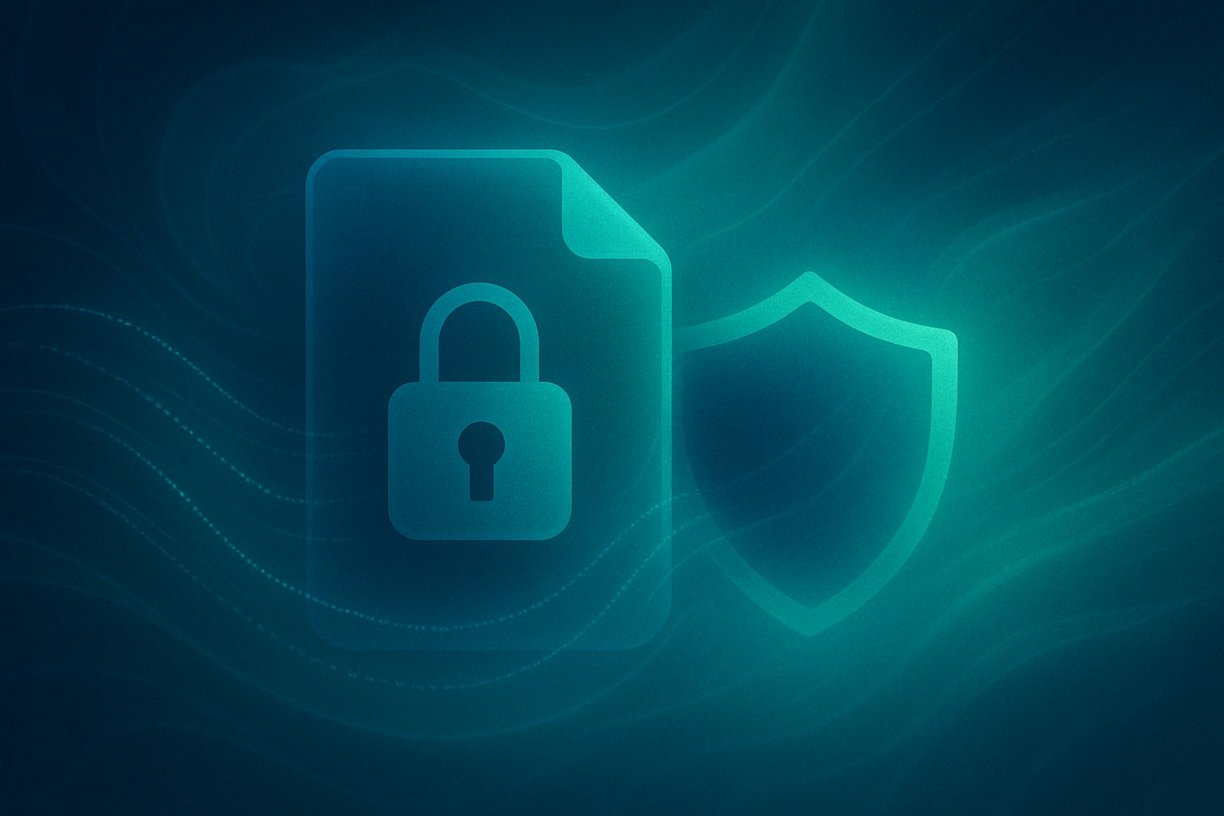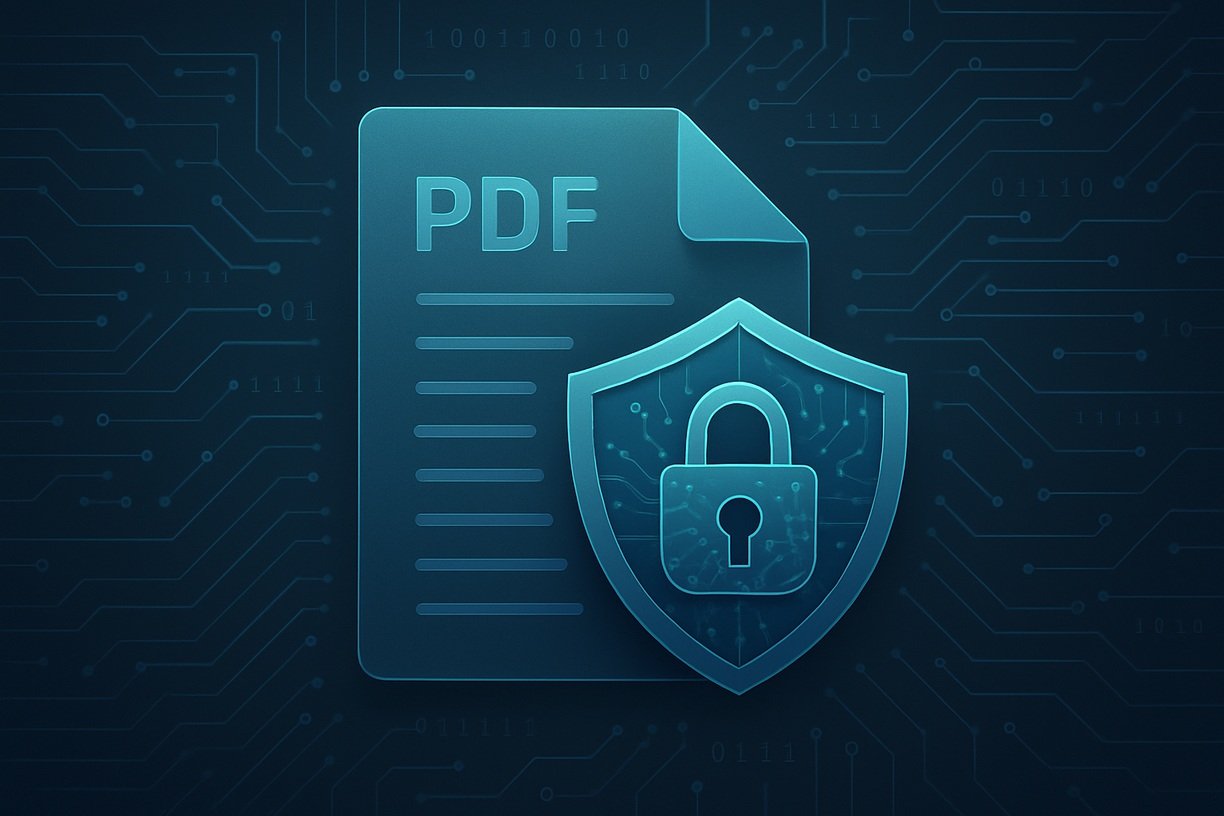Introduction
Identity theft has become one of the most widespread and costly crimes in the digital era. According to the Federal Trade Commission (FTC), over 1.1 million reports of identity theft were filed in the United States in 2023 alone, with financial losses exceeding $10 billion. The threat is growing each year as cybercriminals develop new methods to steal sensitive personal and financial data.
“Your personal information is more valuable than you think — and criminals know it.”
From fraudulent credit card charges to compromised bank accounts and stolen tax refunds, the impact of identity theft can be devastating. However, adopting secure document practices — particularly using PDFs — can help reduce these risks significantly.
The Alarming Growth of Identity Theft in the U.S.
The expansion of e-commerce, online banking, and remote work has created fertile ground for identity thieves. Digital transactions now outpace traditional methods, exposing sensitive data in new ways.
Reported Identity Theft Cases in the U.S. (2018–2023)
| Year | Cases Reported (Millions) |
|---|---|
| 2018 | 0.45 |
| 2019 | 0.54 |
| 2020 | 0.72 |
| 2021 | 0.89 |
| 2022 | 1.02 |
| 2023 | 1.10 |
Source: Federal Trade Commission (FTC), 2024 Report
Why Is This Happening?
- Phishing Attacks – Fake emails and messages that trick users into revealing credentials.
- Unsecured Document Sharing – Sending files in editable formats like Word or Excel without protection.
- Mobile Device Vulnerabilities – Personal data stored on apps or devices without encryption.
- Public Wi-Fi Risks – Open networks that make interception easier.
- E-Commerce Fraud – Unsafe online purchases exposing payment information.
How PDFs Can Help Reduce Identity Theft Risks
1. Built-In Encryption and Password Protection
PDFs support AES-256 encryption and password controls, ensuring that only authorized individuals can access sensitive content. You can use our Protect PDF tool to add password to your PDFs.
2. Digital Signatures for Authenticity
PDFs can be digitally signed, providing proof of document integrity and sender identity. Any unauthorized changes trigger visible alerts, making it harder for criminals to tamper with critical files.
3. Restriction Controls
You can restrict actions like copying, editing, or printing sensitive documents. Even if a file is accidentally sent to the wrong person, its content remains protected.
4. Secure Document Sharing Across Platforms
Unlike editable file types, PDFs maintain their security settings across operating systems and devices, whether accessed on Windows, macOS, Android, or iOS.
Practical Use Cases for Secure PDFs
- 📑 Financial Statements – Securely share tax returns, banking documents, and accounting reports.
- 🤝 Business Contracts – Prevent unauthorized modifications and ensure compliance with legal standards.
- 📜 Government IDs & Legal Forms – Encrypt copies of IDs, driver’s licenses, and official forms to prevent fraud.
- 🏥 Healthcare Records – Protect personal health information (PHI) in compliance with HIPAA regulations.
The Bigger Picture: Preventive Value
The use of secure PDFs is not just about immediate protection — it builds long-term resilience. Encrypting, digitally signing, and applying access restrictions to your files can:
- 🛡 Reduce exposure to cyberattacks targeting personal information.
- 📈 Protect your reputation in professional and business settings.
- ⏱ Save time and money that would otherwise be spent recovering from identity theft.
“Prevention is always cheaper than remediation when it comes to identity theft.”
Recommended Resources
For those who want to learn more or seek assistance after a breach:
- Federal Trade Commission (FTC) – https://www.identitytheft.gov
- National Cybersecurity Alliance – https://staysafeonline.org
- Consumer Financial Protection Bureau (CFPB) – https://www.consumerfinance.gov
Final Thoughts
Identity theft will continue to evolve as technology advances, but so will our defenses. Using secure PDFs is one of the simplest yet most effective steps you can take to protect yourself and your business.
Encrypting files, applying digital signatures, and restricting document permissions are small changes that can prevent major losses.
Your personal data is valuable — take proactive measures today to keep it safe.




